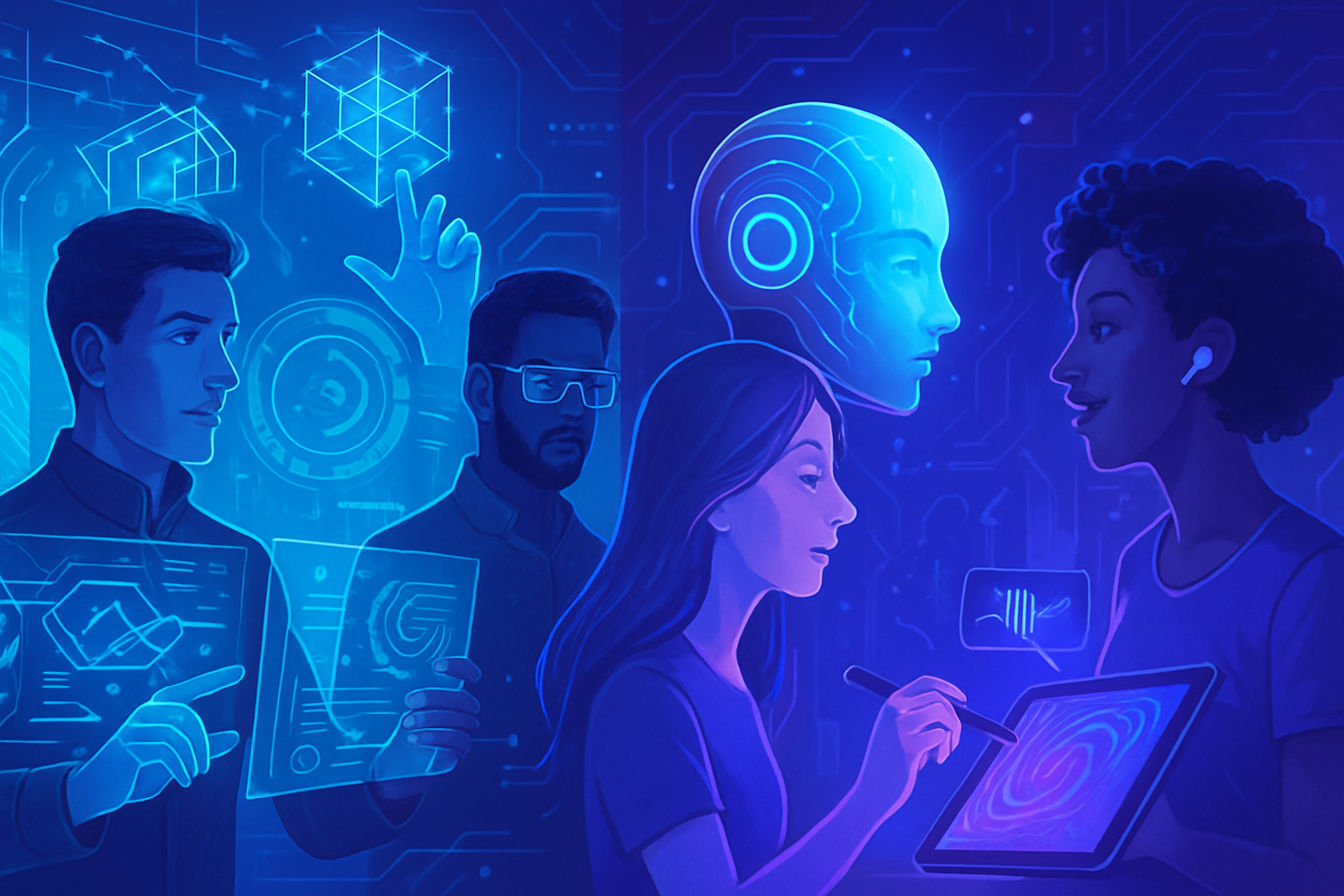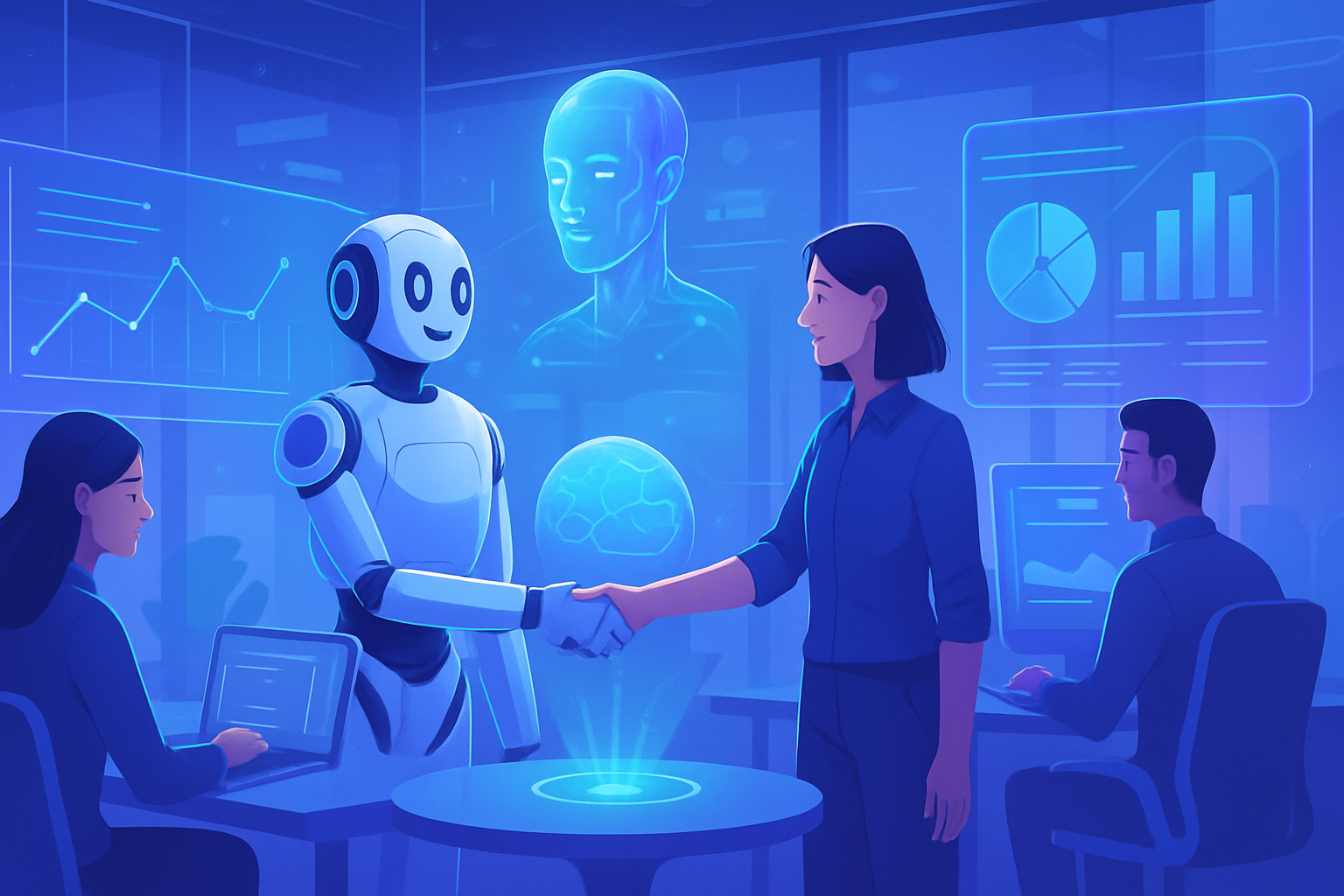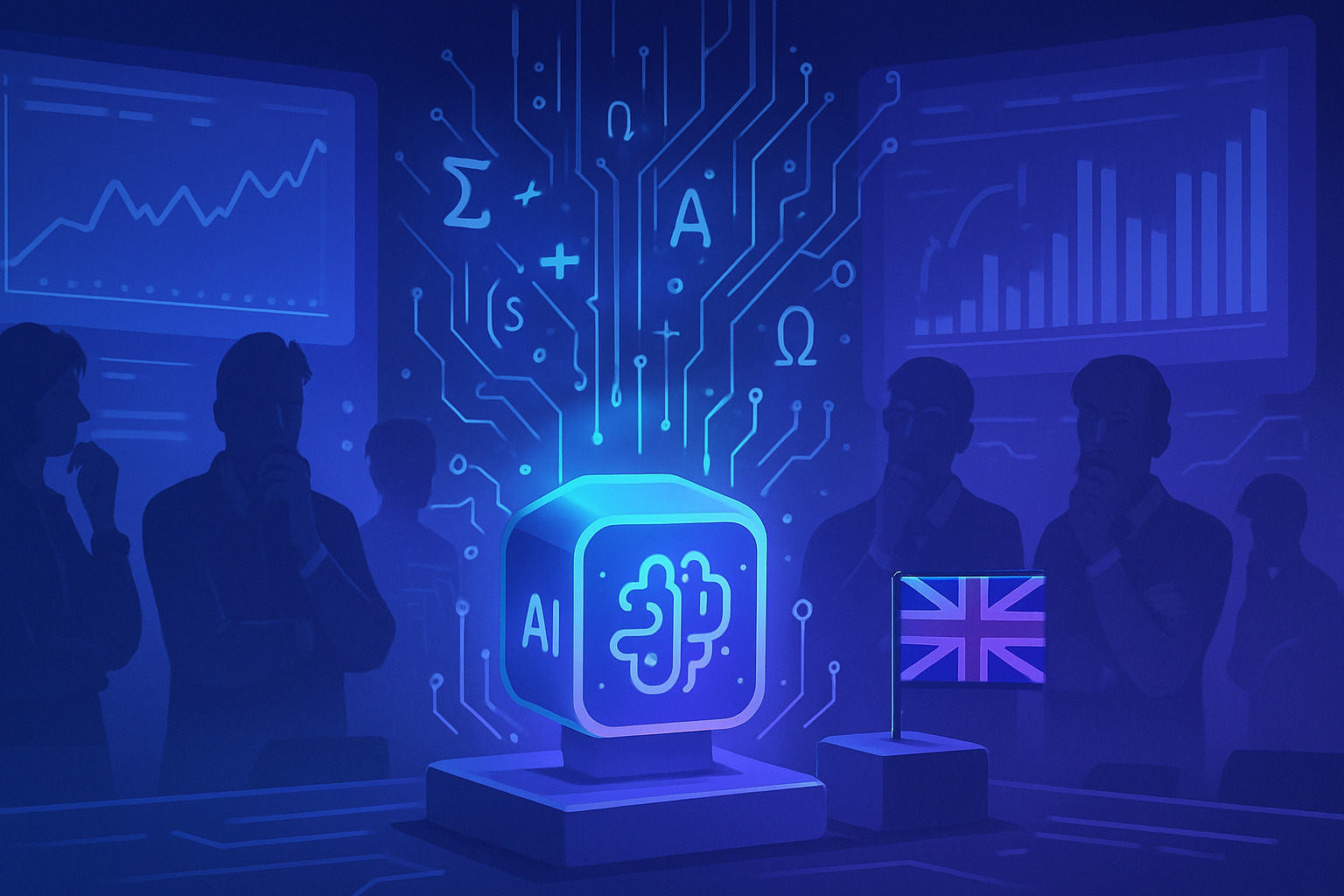The revelations about the use of artificial intelligences to generate images of sexual abuse on children are causing a growing concern within society. Chatbots, often seen as an innovation, are becoming vectors of internalized and normalized aggression. The dissemination of sexual scenarios involving preadolescents represents a scourge requiring urgent attention and strict regulations. The concerns of child protection organizations focus on the prevalence of illegal content and the increased risks for minors. The debate around the responsibilities of technology companies and lawmakers is intensifying in a context where artificial intelligence is becoming ubiquitous.
Issues Raised by the Use of Chatbots
A serious alert has been issued by a child safety monitoring organization regarding a chatbot site. The latter offers explicit scenarios involving prepubescent characters. Concerns are growing regarding the potential abuse of artificial intelligence in creating sexual exploitation material on children. The repercussions of this situation demand immediate attention from government structures.
Unacceptable Content Offered by Chatbots
Disturbing scenarios have come to the public’s attention, such as “child prostitute in a hotel” or “sex with your child while your wife is on vacation.” These shocking proposals highlight the need for legislative intervention. The report also indicates that AI-generated images can illustrate cases of sexual abuse material on children, violating child protection laws.
Reactions from Child Protection Organizations
The Internet Watch Foundation (IWF) has detected 17 AI-generated images that may be considered illegal. The CEO of the IWF, Kerry Smith, stated that measures must be taken quickly. Calls for strict regulation of AI have increased, emphasizing the importance of integrating protection guidelines into the design of AI models from the outset.
Government Initiatives in Response to the Crisis
The UK government is planning to develop an AI bill focused on regulating cutting-edge models. This legislation aims to prohibit the possession and distribution of models generating child pornography material. Accusations of negligence against technology companies are leading to increased pressure to implement robust measures protecting children within the industry.
Alarming Statistics on Online Abuse
The IWF has observed a sharp increase of 400% in reports of abuse content generated by AI in just six months. Technological advances in imaging contribute to this trend, exacerbated by the accessibility of illicit content online. Monitoring efforts must be strengthened, as the number of visits to the implicated site has reached tens of thousands, even exceeding 60,000 in July.
Responsibility of Platforms and Content Creators
Inappropriate chatbots derive from the creativity of users and the responsibility of online site creators. Under the Online Safety Act, platforms may face significant fines if they fail to implement the necessary protections. This legal framework means that online service providers must prioritize the safety of children online.
Call to Action from the Community
The NSPCC also demands the establishment of protection guidelines. Chris Sherwood, its director, asserted that AI developers must assume a legal responsibility towards children. This campaign should result in robust precautionary measures integrated from the design of innovative technologies.
International Context and Necessary Cooperation
The United States shares similar concerns, as evidenced by the responsiveness of the National Center for Missing and Exploited Children (NCMEC) to reports of online abuse. The servers hosting this dubious content are located in the United States, which calls for international cooperation to curb this scourge. A global regulation of AI seems inevitable to protect children on the Internet.
Frequently Asked Questions about AI and Child Sexual Abuse Images
What are the legal implications of creating child sexual abuse images by AI systems?
The creation, possession, or distribution of child sexual abuse images is strictly illegal in the UK, including those generated by AI. Severe penalties can be imposed, including hefty fines and prison sentences.
How do chatbots contribute to the creation of illegal content involving children?
Some chatbot platforms allow users to generate explicit scenarios featuring preadolescent characters, which can lead to the creation of child sexual abuse images. These chatbots can mimic child behaviors and encourage inappropriate interactions.
What measures are in place to regulate AI technologies regarding child protection?
Regulatory initiatives are underway, such as online safety legislation in the UK aimed at imposing child protection guidelines in AI model development. Authorities are also monitoring illegal content to ensure the safety of children.
What is the role of the Internet Watch Foundation (IWF) in combating online sexual abuse?
The IWF is responsible for monitoring and reporting child sexual abuse content on the Internet. It collects reports on illegal AI-generated content and collaborates with authorities to take proactive measures.
How can technology companies ensure the safety of children regarding AI use?
Companies must integrate robust security measures to protect users, especially children, by developing clear guidelines and filtering systems to prevent access to illegal or inappropriate content.
What actions can governments take to combat child exploitation through AI?
Governments should develop specific laws banning AI-generated abuse content and intensify efforts to punish companies that do not adhere to essential safety standards.
How can AI-generated abuse content be reported?
Users can report suspicious content to organizations like the IWF or to appropriate reporting platforms that handle these cases with competent authorities.
What impact does AI technology have on the increase of online generated sexual abuse material?
AI technology has led to an increase in the production of sexual abuse content, with a report indicating a 400% rise in reports of AI-generated images in a recent period, underscoring the need for strict regulations.





